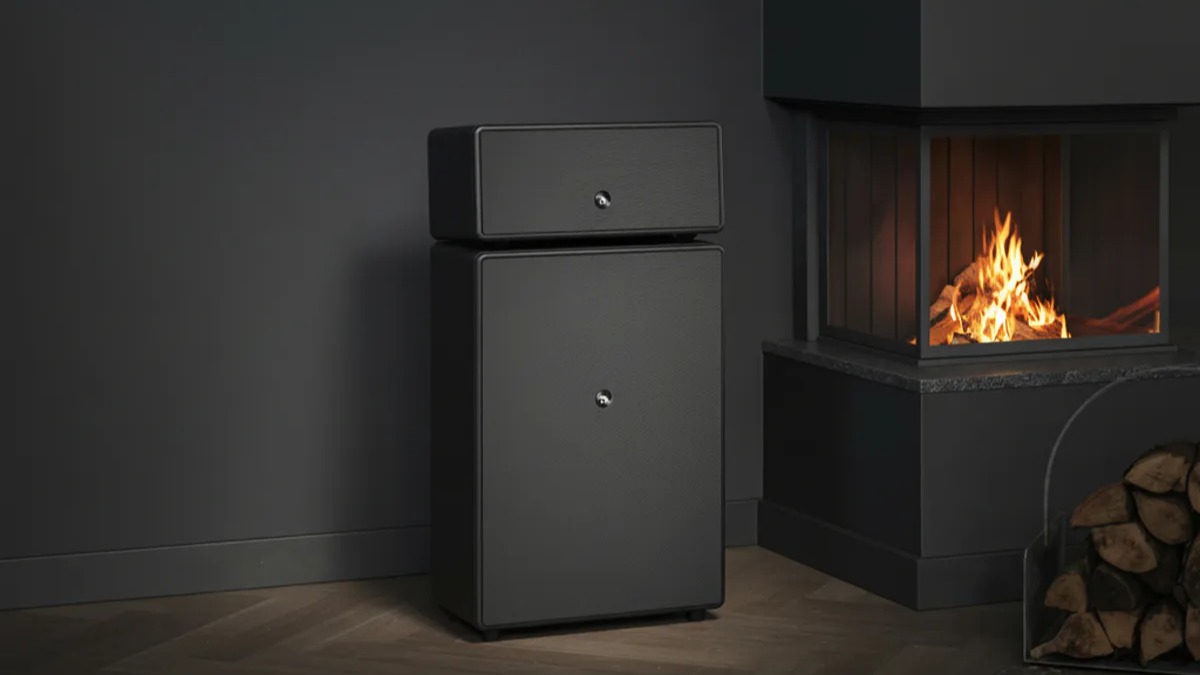There's a new OLED panel manufacturer in town – should LG and Samsung be worried?
Will eLEAP technology challenge existing OLED variants?

Japan Display has announced that its new eLEAP type of OLED panels will enter production by the end of 2024.
The company, a joint venture between Sony, Toshiba and Hitachi's display panel divisions, originally said mass production of the new displays was set to begin in 2025.
The eLEAP OLED variant was first revealed in May 2022 and promised lofty goals, including twice the peak brightness and three times the lifespan of OLED panels currently available.
eLEAP is a tortured acronym for “environment-positive Lithography with maskless deposition, Extreme long life, low power, and high luminance, Any shape Patterning.” Quite the mouthful.
It's an OLED display manufactured without using the traditional metal mask. It apparently retains the thinness and fast response of an OLED but with expanded light-emitting capabilities.
One of the main advantages that allows eLEAP panels to achieve this is its larger aperture ratio, Japan Display says. This refers to how much of each OLED pixel can be used to generate light. Typical OLED displays have an aperture ratio of around 28 per cent, whereas eLEAP displays are said to offer up to 60 per cent.
So, should LG Display and Samsung Display, who between them make the panels for every current OLED TV, be worried about the rise of Japan Display? Certainly not yet: these new eLEAP panels are initially planned for use in laptops, smartphones, car displays, and wearables such as smartwatches.
The latest hi-fi, home cinema and tech news, reviews, buying advice and deals, direct to your inbox.
Perhaps in the future, though, we may see eLEAP technology come to TVs and provide some competition, which is almost always good for consumers. Japan Display will be able to produce much larger eLEAP OLED panels, potentially for TVs, once its 8.7 generation plant is in operation in 2027.
Japan Display has a 14-inch eLEAP OLED panel intended for laptops, which should be one of its first products in production. It is said to be able to reach a peak brightness of 1600 nits and is based on a single-stack structure, but Japan Display says when using a tandem structure that eLEAP technology can exceed 3000 nits.
Japan Display hasn’t yet announced any partnerships with particular brands, so we are looking forward to finding out where we may see this new OLED technology in use.
MORE:
Our picks for the best OLED TV in 2024, tested by our experts
Samsung's spectacular S95D QD-OLED TV is now available for pre-order
Sony unveils new 2024 TV range, and its flagship isn't an OLED
Ainsley Walker is a staff writer at What Hi-Fi?. He studied music journalism at university before working in a variety of roles including as a freelance journalist and teacher. Growing up in a family of hi-fi enthusiasts naturally influenced his interest in the topic. Outside of work, Ainsley can be found producing music, tinkering with retro tech, or cheering on Luton Town.
